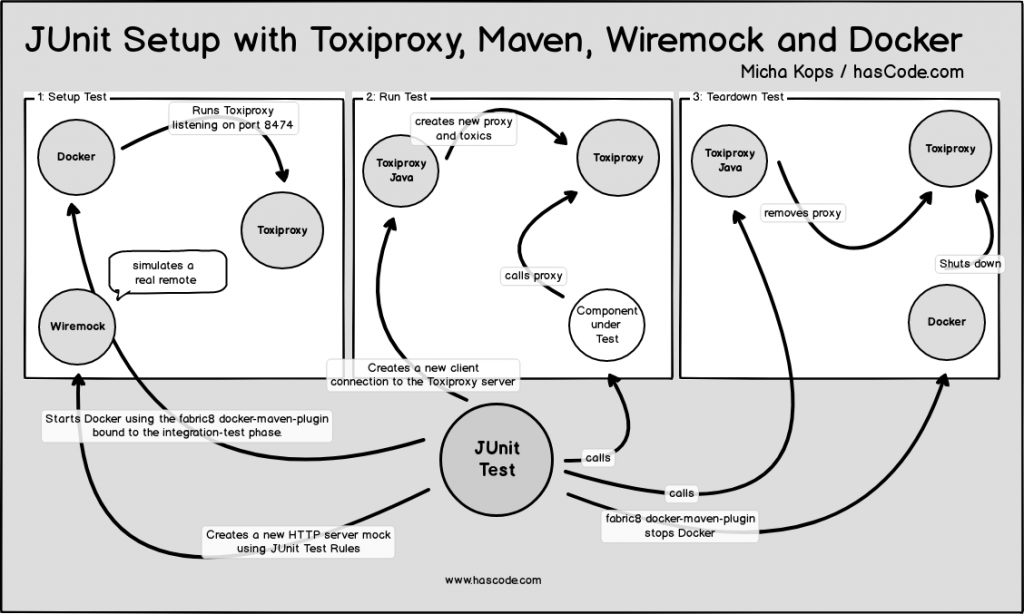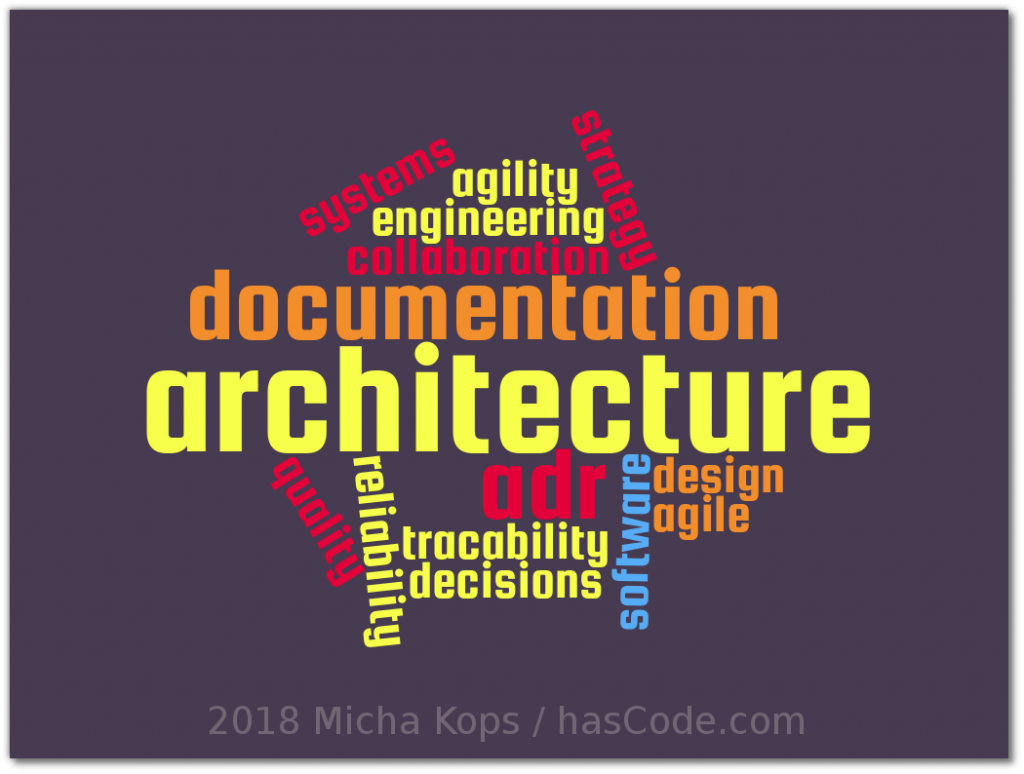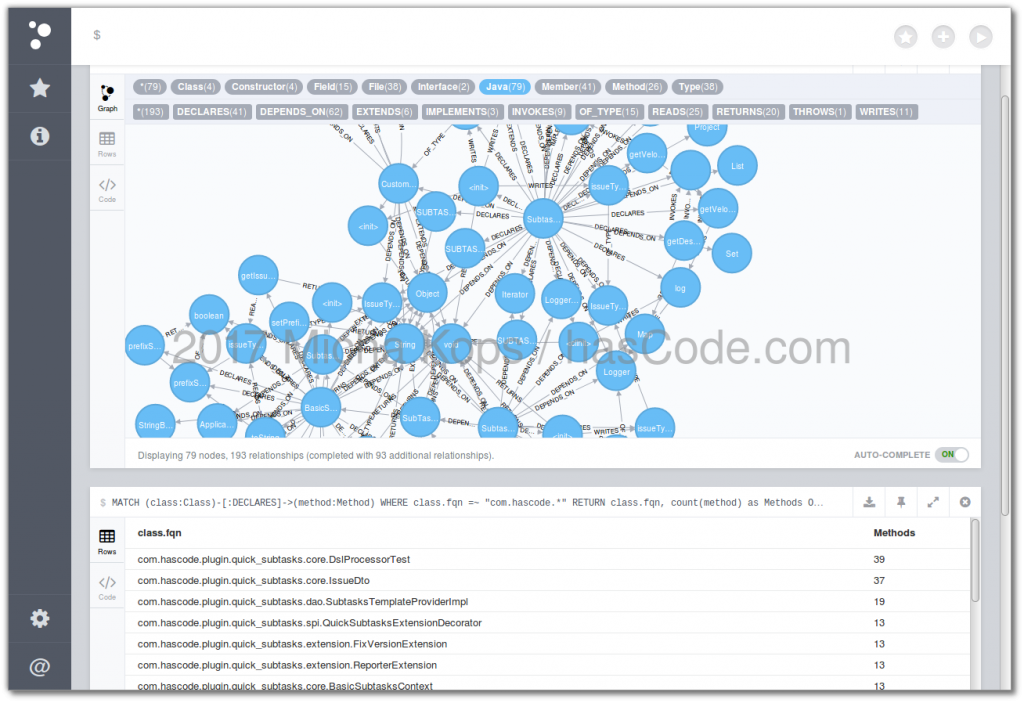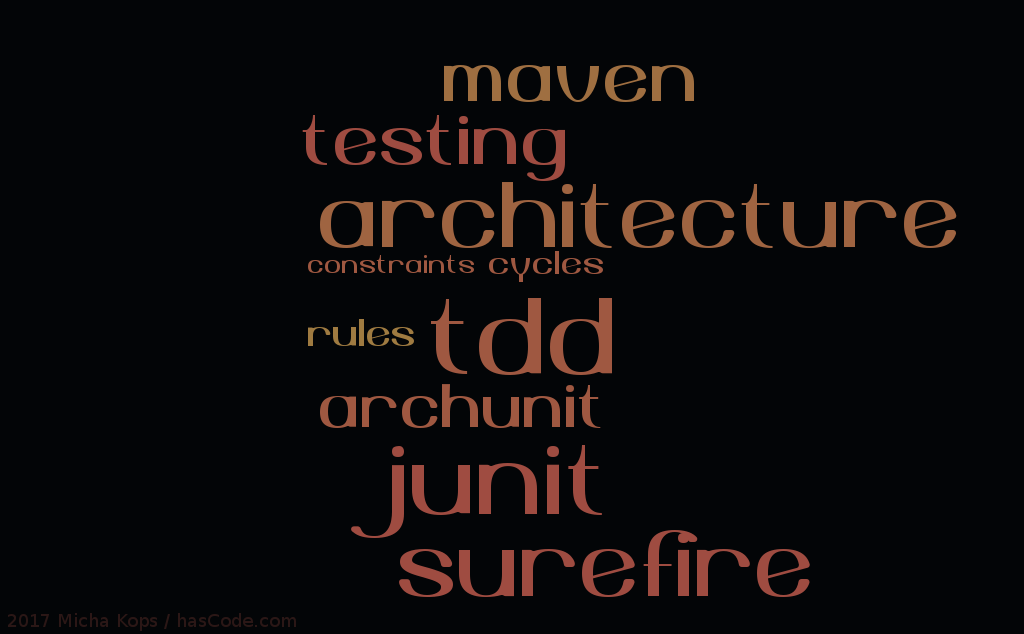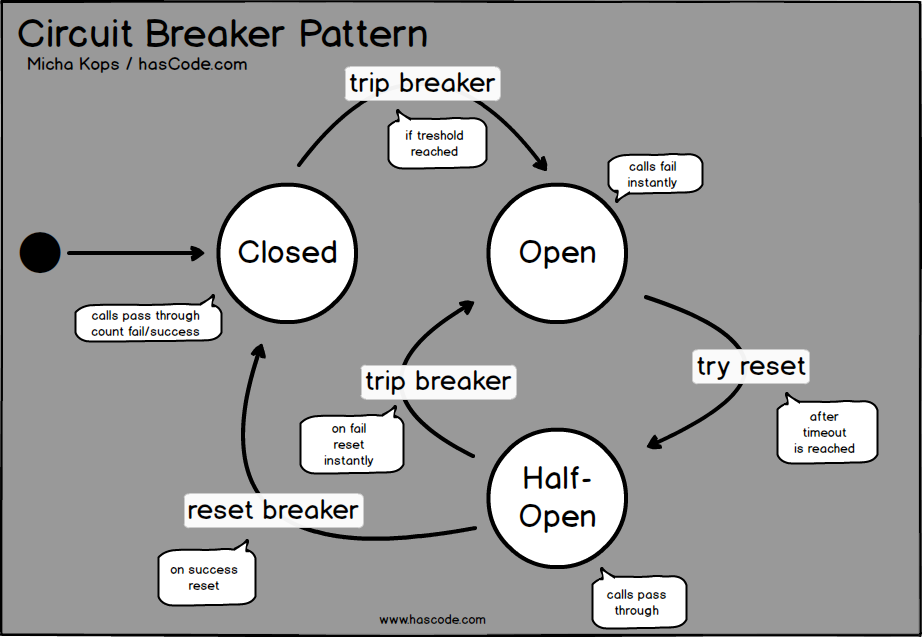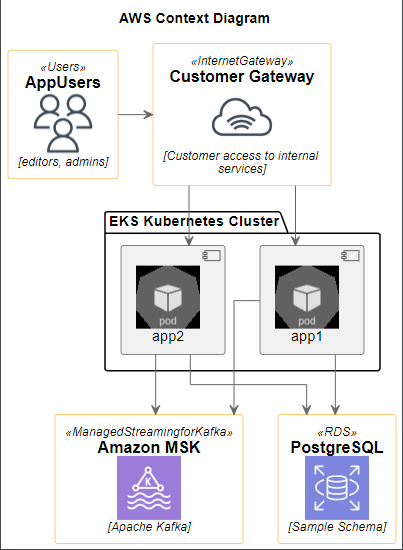
Modeling AWS Structures with PlantUML and AsciiDoc
The AWS shapes are included in the PlantUML stdlib .. simply include them as shown here: example.puml @startuml !include <awslib/AWSCommon> !include <awslib/Analytics/ManagedStreamingforKafka> !include <awslib/Database/RDS> !include <awslib/General/Users> !include <awslib/General/InternetGateway> !include <kubernetes/k8s-sprites-labeled-25pct> skinparam linetype ortho title "AWS Context Diagram" package "EKS Kubernetes Cluster" as eks_cluster { component "<$pod>\napp1" as pod1 component "<$pod>\napp2" as pod2 } ManagedStreamingforKafka(kafka_pod, "Amazon MSK", "Apache Kafka") RDS(pg_rds, "PostgreSQL", "Sample Schema") Users(users, "AppUsers","editors, admins") InternetGateway(igw1, "Customer Gateway", "Customer access to internal services") users -> igw1 igw1 --> pod1 igw1 --> pod2 pod1 --> pg_rds pod1 --> kafka_pod pod2 --> pg_rds pod2 --> kafka_pod @enduml ...
